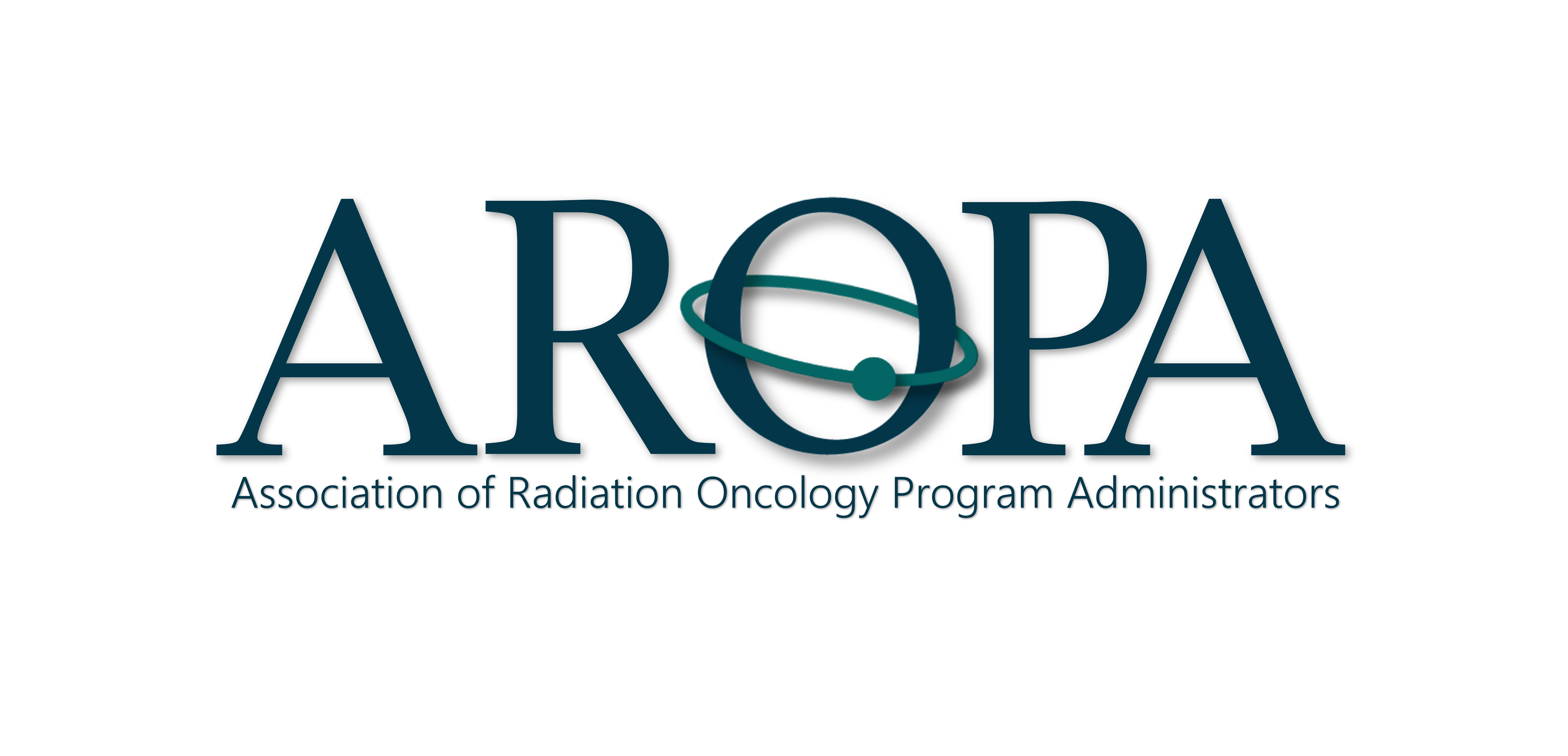Connecting the Dots: Mastering the Art of Effective Communication
- Denise De La Cruz & Marlene Kromchad
- Apr 9, 2024
- 4 min read
Updated: Apr 12, 2024

In observation and experience, much time and effort are spent communicating. Whether it’s an email, a call, or a te xt, using web-based messaging tools and chats, face-to-face verbal conversations, or delivering a meeting presentation, we spend significant time thoughtfully preparing and pushing out communications. Our roles require everyday interactions with program directors, residents, fellows, teammates, faculty, and many other stakeholders - all recipients of our words, notes, and body language. As leaders in our respective programs, they rely on some aspect of our expertise, so it is imperative to be an outstanding communicator.
A plethora of information about effective communication skills exists on the internet, in various online forums/blogs, and is typically shared in social media groups. While knowing about effective communication skills and being familiar with them is good, that’s not enough if they’re not put into practice. This post will focus on a few commonly identified skills characteristics of effective communication. Still, first, we should acknowledge that unless one takes the time to reflect on day-to-day interactions and review communications when things seem to go awry, the information, tips, and suggestions are for naught. (Self-reflection is a topic for another post, though.)
On Point
We are all familiar with the need for conciseness and clarity and should be reminded to be precise, unambiguous, and succinctly convey our message or information. Using straightforward and unequivocal language ensures your message will be easily understood and clear. To achieve this, organizing your thoughts before you speak or write is always helpful. Whether crafting an email, raising a concern at a meeting, preparing a presentation, ordering your thoughts, or creating points for your thoughts will improve communication.
Non-verbal Communication is Vital
Your body language is a part of your message! You should check out if you haven’t read Sizing People Up (Robin Dreeke, Cameron Stauth). Written from the perspective of a former FBI behavioral analyst, it outlines a toolkit for assessing trust, and while this may sound not entirely appropriate for an administrator’s blog post on communication, it is entirely appropriate because the way you establish yourself to those with whom you communicate is by trust. Body language is one component that feeds it. Saying words and presenting facts are essential, as is tone, but the delivery is everything! Eye contact, hand gestures, facial expressions, and stance all inform those listening. Through your non-verbal cues, they will determine whether you’re believable and if they should trust you (or what you’re saying).
It (body language) is essential to effective communication when the speaker is familiar with the queues, and the listener is attentive to them. To improve your non-verbal communication, learn about and reflect upon the nuances in your communication with others. Additionally, observe others’ body language to interpret the message better.
The Art of Deliberate Listening

Active listening is essential for effective communication and helps us to engage and understand in more detail. We are not fully engaged when we multitask during meetings, calls, or conferences (as many of us do). Therefore, we are not practicing deliberate listening, and when this happens, we miss important details and valuable nuances, thereby reducing the quality of our receipt of the communication. Active listening will help you capture the details of the information being shared and the non-verbal cues we don’t want to miss because they help us adapt and form our responses, trust, and connections.
Adaptability for Connecting
When we adapt, we individualize or adjust our behavior and patterns to accommodate more effective communication and profound understanding with those we communicate with. Adapting entails adjusting your communication style to align with your listeners or the situation. Adapting requires one to not only be attentive to those with whom you are communicating but also to observe and pay close attention to the communication styles and preferences of others. Adaptability begins with self-awareness and an understanding of the unique needs of those you are communicating with. It’s also important to note that you may need to change your approach as needed based on the characteristics of your listeners or audience. In essence, adaptability is a practice that requires self-awareness and social awareness. We should appreciate it as an ongoing process by which we may modify our communication style based on listener needs.
Why aspire to be an outstanding communicator?
By observation and experience, a considerable amount of wasted time can be attributed to miscommunication. According to Merriam-Webster, the definition of miscommunication is “failure to communicate clearly” or “failure to communicate adequately.” Sometimes, we may be slightly off the point and miss it altogether. Responses to emails, calls, or messages may sound like something to the effect of “I don’t understand,” “I didn’t know what you meant,” or “I was not clear on what you said.” Regardless, the ultimate effect is a byproduct of the communicator and may reflect negatively on the communicator. With this in mind, and due to the nature of leadership involved in the role of education administrator, it is not enough to just be factual. Communicating, whether sharing ideas, confirming/verifying information, confirming understanding, leading a meeting, or consulting a trainee, is the skill that supersedes all others. Leadership is imperative in any role, especially as an education administrator or program administrator. It is integral to daily work, whether planning and operationalizing improvements or teaming with others. You want to lead effectively; to do that, one must be an exceptional communicator.




Comments